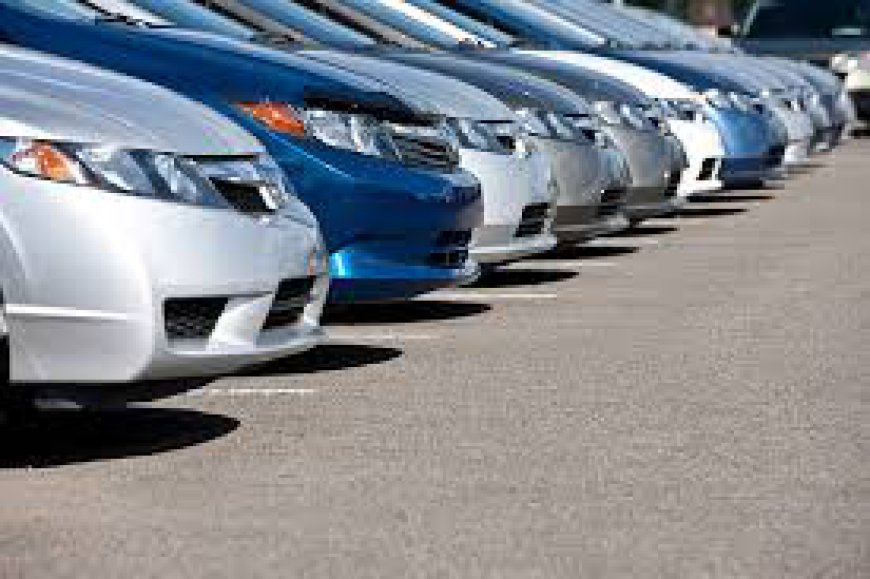Understanding New Car Prices and Taxes in Pakistan

Navigating the cost of buying a new car in Pakistan involves understanding not only the base price of the vehicle but also the various taxes and duties that impact the final cost. Here’s a detailed overview of how new car prices in Pakistan and taxes are structured in Pakistan.
Components of New Car Prices
-
Base Price:
-
Manufacturer’s Suggested Retail Price (MSRP): This is the price set by the manufacturer, which varies depending on the model, trim, and features. It forms the starting point for the final price of the car.
-
Additional Costs:
-
Dealer Charges: Dealers may add extra costs for services such as registration, delivery, and handling.
-
Optional Features: Prices can increase based on optional features or packages selected by the buyer.
Taxes and Duties Affecting New Car Prices
-
Customs Duty:
-
Import Duties: For imported vehicles, customs duty is a major component of the price. The rate varies depending on the engine capacity and type of vehicle. Generally, higher engine capacities attract higher customs duties.
-
Federal Excise Duty:
-
Excise Duty Rates: This tax is levied on both locally manufactured and imported vehicles. The rate depends on the engine capacity and the vehicle’s price. Luxury and high-end vehicles typically face higher excise duties.
-
Sales Tax:
-
Value Added Tax (VAT): Sales tax is applied to the total price of the vehicle, including base price and any additional charges. The standard rate is 17%, but it can vary based on the vehicle's type and value.
-
Registration Fees:
-
One-Time Registration Fee: This fee is required for registering the vehicle with the relevant authorities. It includes charges for number plates, documentation, and other administrative costs.
-
Withholding Tax:
-
Tax on Purchase: This tax is applicable based on the vehicle's price and engine capacity. It is withheld by the dealer and paid to the government.
-
Token Tax:
-
Annual Tax: This tax is paid annually and is based on the engine capacity of the vehicle. It is required for renewing the vehicle’s registration each year.
Understanding the Impact of Taxes
-
Price Increases Due to Taxes:
-
Higher Taxes: Taxes significantly increase the final price of new cars, especially for imported and luxury models. Understanding the tax structure helps buyers gauge the total cost more accurately.
-
Impact on Car Selection:
-
Engine Capacity: Larger engine capacities often attract higher taxes. Buyers may choose vehicles with smaller engines to mitigate tax costs.
-
Local vs. Imported Vehicles: Local manufacturing generally results in lower taxes compared to imported vehicles due to reduced customs duties and excise taxes.
-
Government Incentives:
-
Subsidies and Exemptions: The government may offer incentives, subsidies, or tax exemptions for certain types of vehicles, such as electric or hybrid cars. These incentives can reduce the overall cost of the vehicle.
Recent Developments and Trends
-
Increased Duties and Taxes:
-
In recent years, Pakistan has seen increases in customs duties, excise duties, and other taxes, contributing to higher car prices. These changes are often part of broader fiscal policies aimed at managing trade deficits and encouraging local manufacturing.
-
Focus on Local Manufacturing:
-
The government has implemented policies to encourage local production of vehicles, which may include reduced tax rates for locally assembled cars compared to imports.
-
Electric and Hybrid Vehicles:
-
There has been a growing focus on promoting electric and hybrid vehicles, with some tax incentives and reduced duties for these models to encourage their adoption.
Conclusion
Understanding the structure of new car prices and the impact of taxes in Pakistan is crucial for prospective buyers. By considering base prices, customs duties, excise taxes, and other related costs, consumers can make more informed decisions and better manage their budgets. Staying updated with recent policy changes and government incentives can also help in navigating the evolving landscape of the automotive market.

 muslim
muslim